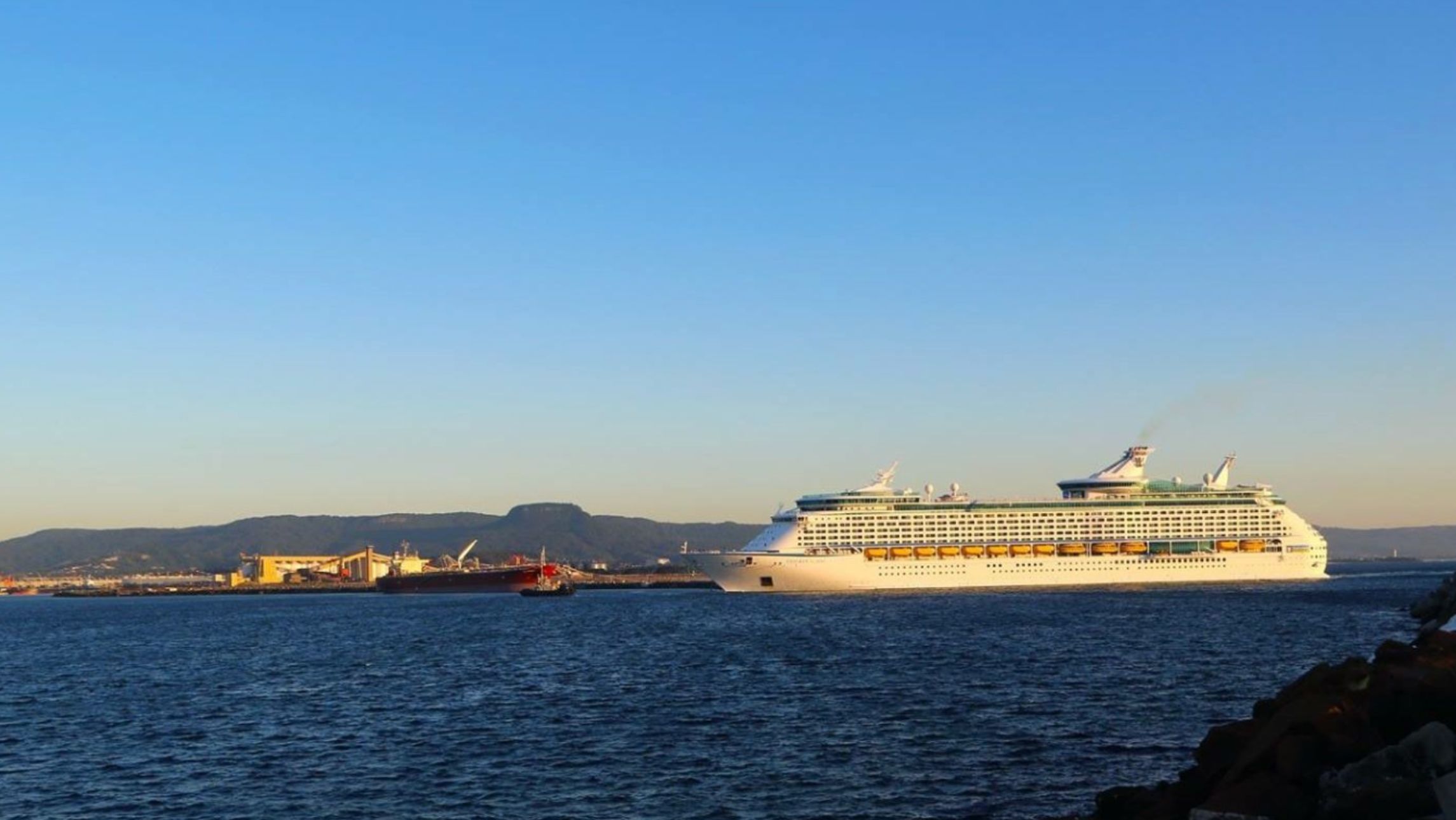Frank Armstrong was five days from the nearest port when he suffered a heart attack halfway between Australia and America.
The 81-year old, who was travelling with his wife Leah, was immediately admitted to the ship’s medical centre on Ovation of the Seas where he spent five long nights, uncertain whether he would survive.
“It was the trip of a lifetime for us, our big cruise for 16 days on the Ovation of the Seas to Honolulu. It was a holiday filled with such excitement and then absolute disaster – I had a heart attack. Me who is fairly fit for 81 years old,” he said from his home in NSW.
When Ovation of the Seas reached Tahiti, he was immediately taken by ambulance to the hospital where he had to undergo surgery.
“As soon as we reached land in Tahiti, an ambulance rushed me to the main hospital which had been informed of my situation. There was a cardiologist already waiting as I went straight into surgery where they operated on me for over two hours putting two stents into my arteries.
“After the surgery I spent five days in hospital and five days recuperating. When I was fit to fly, I was flown back home to Australia which was all paid for by my travel insurer.
“Thank God for Zoom Travel Insurance.”
Armstrong’s total bill including medical expenses, hospital stay, cruise cancellation and flight rescheduling amounted to about $59,000.
Because he had paid around $1,100 for travel insurance, all his medical claims were taken care of by the insurer.
“It’s hard to imagine how they would have covered these expenses had they not had travel insurance,” said Natalie Ball, director of Comparetravelinsurance.com.au, a travel insurance comparison site.
Armstrong’s story of survival is a salutary lesson for cruise passengers to insure themselves adequately in case of emergencies.
Medical costs on board a cruise ship are far more expensive than passengers realise, Ms Ball added.
“With passengers restricted to health care on board, medical costs and doctors’ fees on a ship can be unexpectedly pricey. Infirmary bills can be as much as $5000 per day and consultations and medications are usually charged at private, costly rates. Then there are the frightening fees you’d expect to pay for helicopter evacuation while at sea,” she said.
A ship evacuation can cost anywhere between $10,000 and $20,000 in Australian waters and anything up to $50,000 in international waters. And that’s before the medical bills.
“Not only should you ensure your health is covered at sea, you can’t overlook the expense of an emergency evacuation. If you consider the astronomical risks, travel insurance is a no-brainer,” Ms Ball said.
A recent survey by the travel insurance comparison site, found that 82 per cent of Australians were unsure whether Medicare covered them when they cruise in domestic waters.
“It is astounding to see how many Aussies are under the misconception that Medicare covers you while cruising domestically. Medicare coverage is restricted to around 20km from Australian ports, which means that once you’re out on the water, you’re on your own in terms of healthcare.”
She said that there is widespread belief that cruise holidays are safer and less exposed to risk.
“This couldn’t be further from the truth. You are just as likely to fall ill, get injured or run into delays while cruising as you are when travelling overseas.
“While cruise ships do have doctors on call, this doesn’t undermine the need for travel insurance. In an emergency the facilities on board may not cut it, forcing you to evacuate to the nearest hospital. Without travel insurance, any medical fees and emergency transport expenses would be at your own cost,” she added










I am surprised it wasn’t more than $59,000. For the treatment, care and transport he received, I would estimate it would be $100K+.